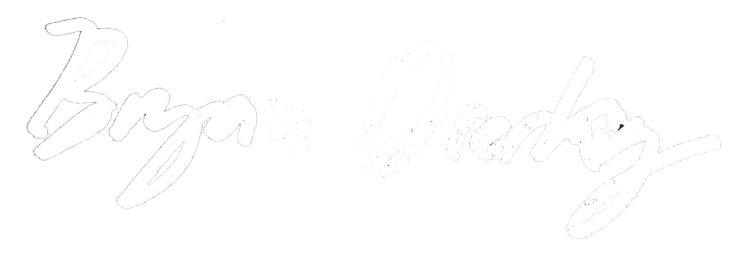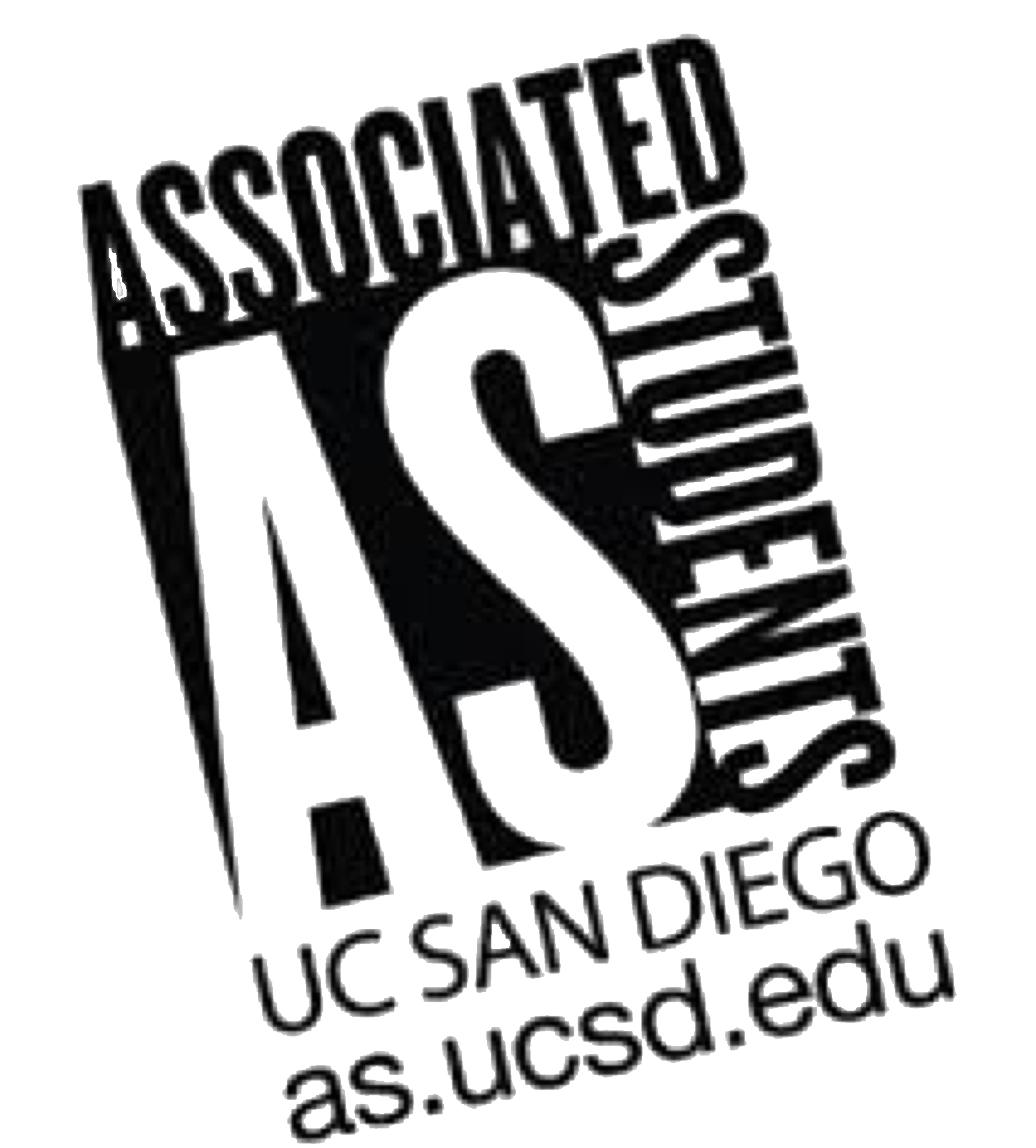After graduating from Temecula Valley High School, I relocated to La Jolla to study Aerospace Engineering at UCSD. I have been involved in rocketry my whole life, constructing rockets as a kid and building more complicated flight configurations such as airstarts and staging during high school - all using commercially available solid rocket engines and flying under FAA waivers obtained by the Rocketry Organization of California.
UCSD is rigorously academic, but I was fortunate enough to obtain many hours of hands-on experience interning in addition to the academics. I assisted Flometrics in Carlsbad with a wide range of engineering & design projects. The experiences there proved helpful in connecting my theoretical classes to instances of actual applied engineering.
In the Spring of 2015, nearing the end of my 3rd year, I helped on the Vulcan I, a project under the UCSD Chapter of the Students for the Exploration and Development of Space. The engine intended for the rocket was a nickel alloy 3D printed regenerative rocket engine with propellants of kerosene and liquid oxygen. I was the Recovery Systems Lead on the Vulcan - my flight dynamics and materials knowledge proved useful to the team.
On May 21st 2016, the Vulcan successfully launched from the Friends of Amateur Rocketry Test Facility, with a perfect boost despite high surface winds. At apogee, none of the intended flight events occurred, and the Vulcan impacted about a mile from its launch site. Unfortunately, with no live radio telemetry, it is difficult to tell what went wrong, but residual black powder found in the parachute ejection wells after the crash suggests the electric matches never received adequate current to ignite and deploy the staged parachutes. Whether this was due to barometric sensor failure, power disconnection, programming error, or current pathway disruption couldn't be determined, however, the partial success of the launch gave the UCSD SEDS chapter enough momentum to secure funding for Colossus, their improved engine static firing stand. The launch was also a featured project at the Open Source Maker Lab, where it was partially constructed.
I remained with SEDS for several months after the conclusion of the Vulcan Project, serving 2 more academic quarters as Recruitment Manager, for a total of 3 quarters and 21 positions filled. I also led a small group exploring the possibility of a Vertical Takeoff & Landing Vehicle. I ultimately decided to leave my roles at SEDS when the Chapter’s leadership insisted there would be no rocket projects in the near future. I’m incredibly thankful for the friendship & knowledge I’ve gained from the students & mentors I worked with.
Since then, I've set out in a new direction, studying the flight dynamics of drones and becoming an FAA certified Commercial Drone Pilot. My experiences recruiting New Members and designing VTOL craft proved pertinent to my current goals of Piloting sUAS and sharing beautiful drone flights. Check out some of my recent videos on YouTube!
























